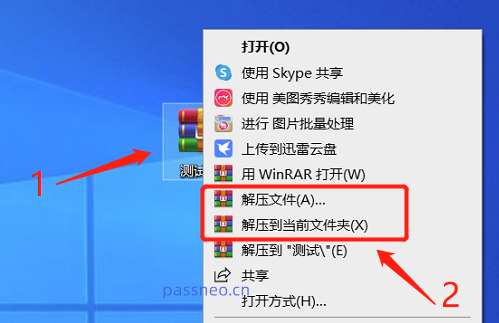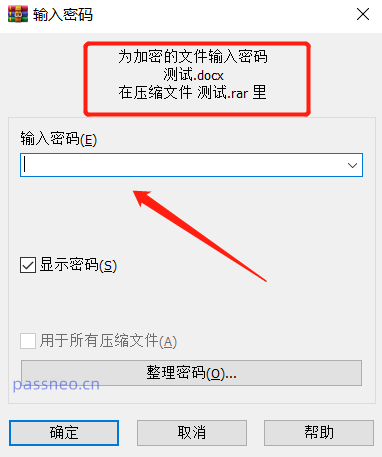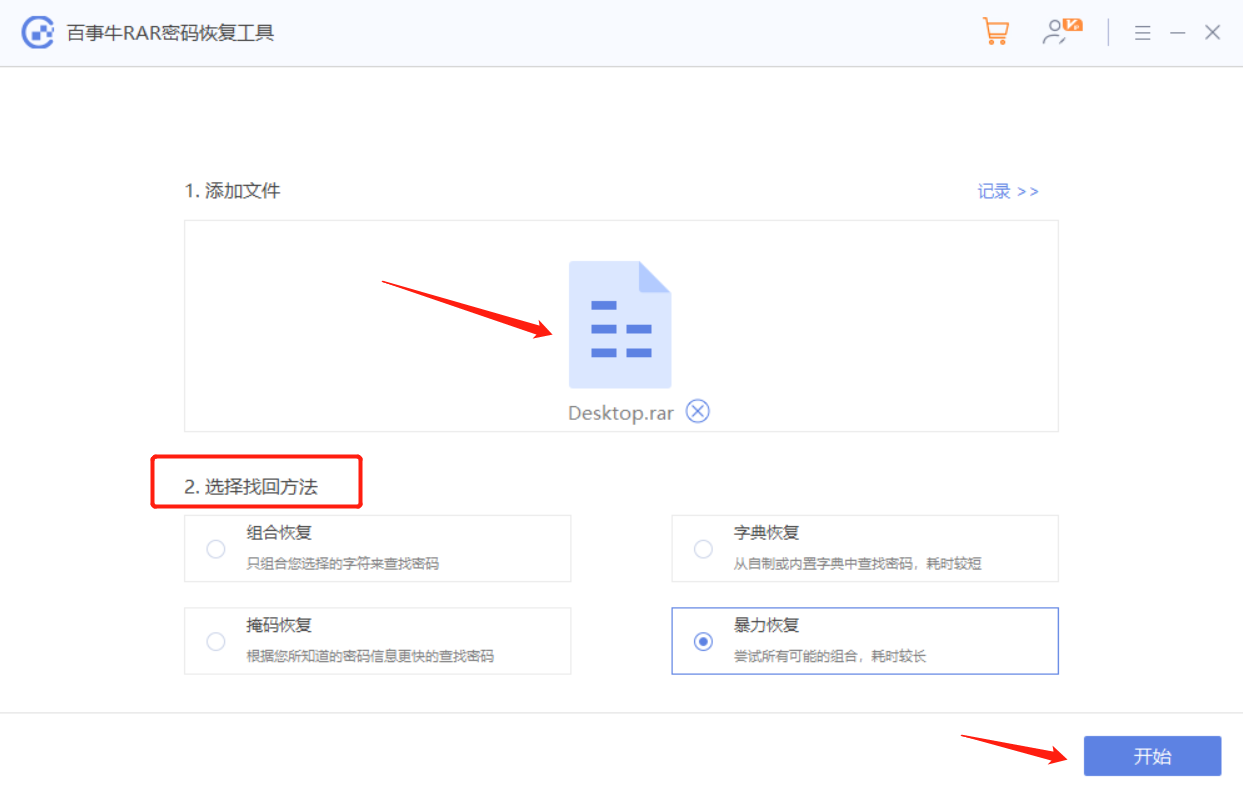Home >Software Tutorial >Office Software >How to open RAR files?
How to open RAR files?
- WBOYWBOYWBOYWBOYWBOYWBOYWBOYWBOYWBOYWBOYWBOYWBOYWBforward
- 2024-02-18 12:03:261327browse
php editor Banana will introduce you how to open RAR files. RAR is a common compressed file format that requires corresponding software to open. You can decompress RAR files through the free WinRAR or 7-Zip software. First, download and install these software, then right-click on the RAR file and select "Extract to specified folder". If you need to view the contents of the RAR file, you can double-click the RAR file and select the file you want to view to decompress it. Hope these simple steps help you open RAR files successfully!
With compression software, you can see the compressed files inside by double-clicking the RAR file directly.
 .
.
You can also decompress the files inside. First, left-click the mouse to select the RAR file to be decompressed, then right-click the mouse. In the pop-up menu, you can select [Extract to the current folder], and the files in the compressed package will be It will be extracted to the folder where the RAR file is located.
If you select [Extract File], a new page will pop up.
 .
.
Then, select the decompressed saving directory on the new menu page, click [OK], and the files in the compressed package will be decompressed.
 .
.
If a password is set for the RAR file when compressed, a prompt will appear requiring you to enter the password when decompressing the file. Just enter the originally set password in the blank field and click [OK] to decompress the file.
 .
.
If you don’t know the password, you cannot decompress the RAR compressed file because the compression software does not provide a password retrieval function. In this case, we can use other tools to retrieve the password first and then decompress it.
Similar tools such as PepsiCo RAR Password Recovery Tool, import the RAR file into the tool, then select the method to retrieve the password, and follow the prompts.

After the operation is completed, just wait for the password to be retrieved.

The above is the detailed content of How to open RAR files?. For more information, please follow other related articles on the PHP Chinese website!

